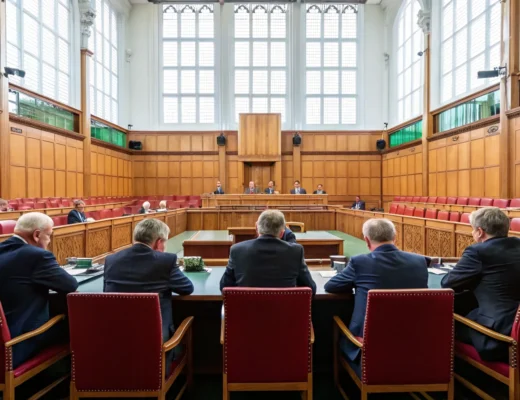The SECURE 2.0 Act has introduced several changes to retirement plans that will take effect in 2025. These changes aim to help more people save for retirement and make it easier for employers to offer retirement benefits. One of the biggest changes is that new 401(k) plans will have to automatically enroll employees.
This means that when an employee becomes eligible for the plan, they will be enrolled unless they choose to opt out. The initial contribution rate will be at least 3% of the employee’s pay, and it will increase by 1% each year until it reaches at least 10%. Another change is that catch-up contributions for employees aged 50 and older will increase.
In 2025, the catch-up contribution limit for 401(k) plans will be $7,500, up from $6,500 in 2024. For SIMPLE IRAs, the catch-up contribution limit will be $5,000, up from $3,500 in 2024.
Automatic 401(k) enrollment requirement
The SECURE 2.0 Act also made changes to the rules for inherited IRAs. Starting in 2025, most beneficiaries will have to withdraw all the money from an inherited IRA within 10 years of the original owner’s death. There are some exceptions, such as for spouses, minor children, and disabled or chronically ill individuals.
Finally, the act introduced new penalties for failing to take required minimum distributions (RMDs) from inherited IRAs. Starting in 2025, beneficiaries who don’t take their RMDs on time will face a penalty of 25% of the amount that should have been withdrawn. This penalty can be reduced to 10% if the beneficiary corrects the mistake in a timely manner.
These changes are important for both employers and employees to be aware of. Employers will need to make sure their retirement plans are compliant with the new rules, while employees should review their retirement savings strategies to make sure they are taking full advantage of the opportunities available to them.







